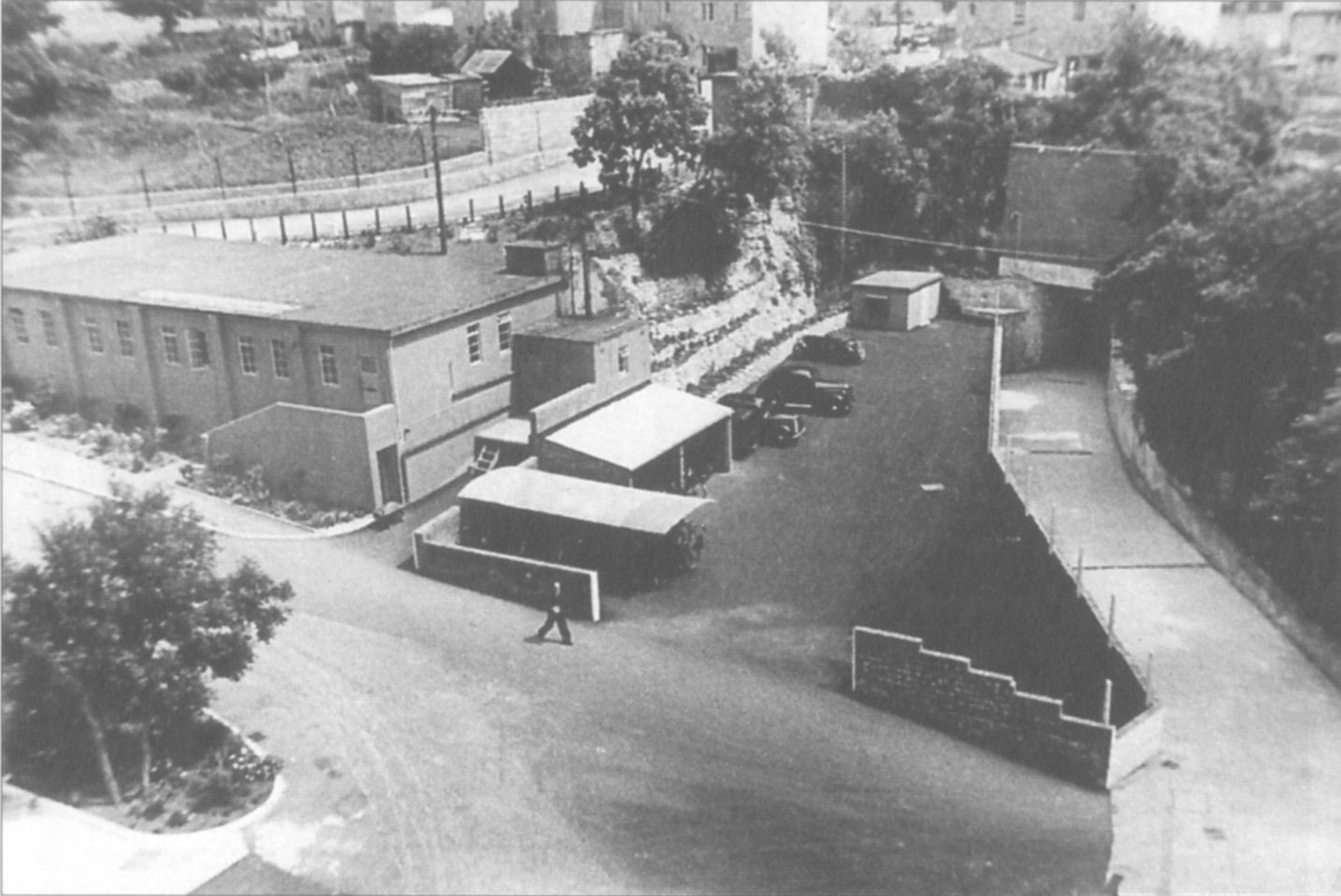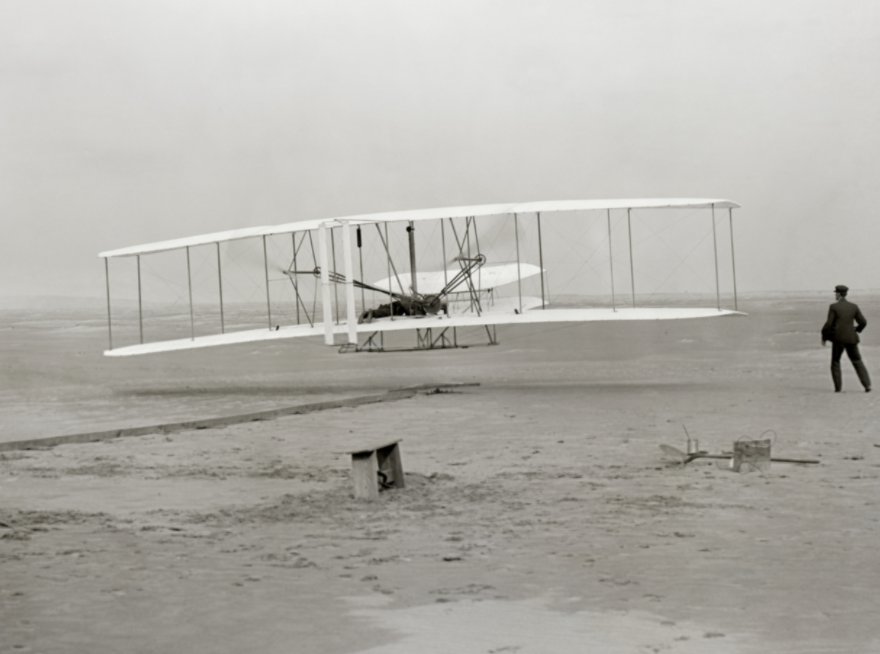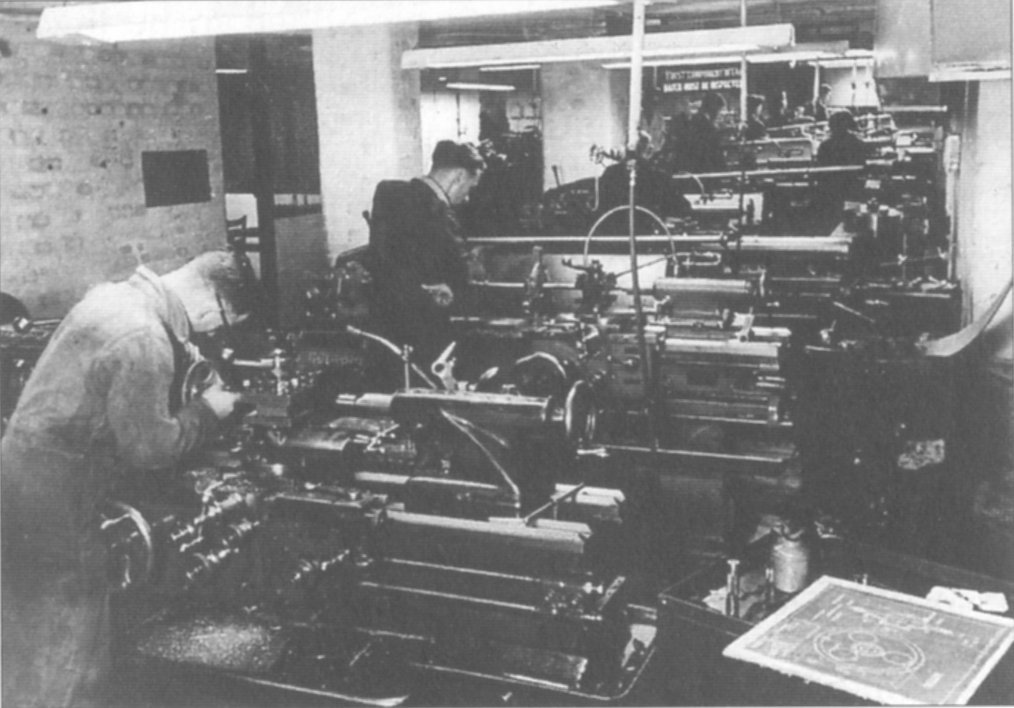Westwood Quarry also known as ‘The Tump’ was quarried in 1887 by the Randell and Saunders and Co. after noting the success of Godwin’s Quarry nearby and which now connects totalling 720,00 sq ft in size. Latterly the Bath Stone Firms Limited, they used the railway for transportation rather than the canal which made them more competitive. Westwood Ground stone is quarried in this area. A tramway was constructed over the Avoncliff aqueduct to the stone wharf at Avoncliff Station.
The entrance to the quarry is down a lane opposite the entrance to Westwood Park on Upper Westwood Lane heavily re-inforced and improved during the second world war by George Wimpey and Co. who were awarded the contract to convert the quarry. Outside the entrance is a flat area overlooking the valley below – this was created when removing the 200,000 tons of waste stone from the old quarry was tipped over the escarpment firstly by the Agaric Mushroom Co. and later by the MOWB in the second world war.
The central part of the quarry was allocated to the Royal Enfield Motorcycle Company in June 1941 for the manufacture of gun sights, and the south western area to the Victoria and Albert and the British Museums who occupied a secure independant area of the workings totalling 25,000 sq ft. The eastern part or Godwin’s Quarry was considered too dangerous to occupy since an earth tremour in 1934 had crushed some of the support pillars. A ventilation shaft was sunk by the Ministry of Supply during the Second World War to provide additional ventilation into the Royal Enfield factory area. The shaft in the garden of 3 Great Orchard, was used during the war as a ventilation shaft and also to hoist waste ash to the surface from the coal fired boilers.
The repository was converted to suitable standards in 1941 and was dry enough to receive the national treasures by 1942. It was soon filled with artefacts such as the Rubens Ceiling from the Whitehall banqueting hall, the Crown Jewels, the Charles I statue from Whitehall and the bronze screen from the Henry VII Chapel in Westminster Abbey. Also items from the Bodleian Library, the Wallace Collection, the Kenwood Collection and a host of other national museums and galleries used the storage facilities here, even the ‘Kittyhawk’ aircraft flown by the Wright Brothers in 1903 arrived in boxes in May 1942. As the war progressed thousands more irreplaceable artefacts accumulated at Westwood including a mass of ecclesiastical treasures, amongst them the thirteenth century stained glass from the windows of Salisbury Cathedral, oak carvings from many of Wren’s London churches and tapestries from Durham Cathedral.
After the war in 1946 the British Museum artifacts were promptly returned to their respective homes, although the V&A maintained their presence until 1957. The repository site was maintained by the government throughout the cold war as it was considered necessary at the time. During 1951-52 the government used the site for biological weapons testing, which caused some contamination locally, not considered an issue at the time. In 1985 the site was sold to Wansdyke Security Ltd. a division of the Bath and Portland Stone Company who took possession of the old museum repository and they also resumed quarrying to the south-east of the mushroom area. There is also a slope shaft into the quarry to the east of the workings – this was used as an emergency exit and ventilation when the quarry was being worked by Bath and Portland Stone Co. (later Hansons) at the end of the 20th century, this slope shaft has subsequently been filled in.
After the war, many surplus military motorcycles were stored in the adjacent Godwin’s Quarry but this proved unsuitablly damp and they were soon moved elsewhere for refurbishment and sale. During the 1960’s up to 200 people still worked underground, but the Royal Enfield Motorcycle Company ceased production in 1970 after a decade of decline and fewer military contracts. A small part of the factory, consisting of the former assembly shops nearest the main entrance, was taken over by two ex-Royal Enfield employees who ran a very successful small engineering firm there using many of the original machine tools for a further twenty years before moving to more suitable premises.



